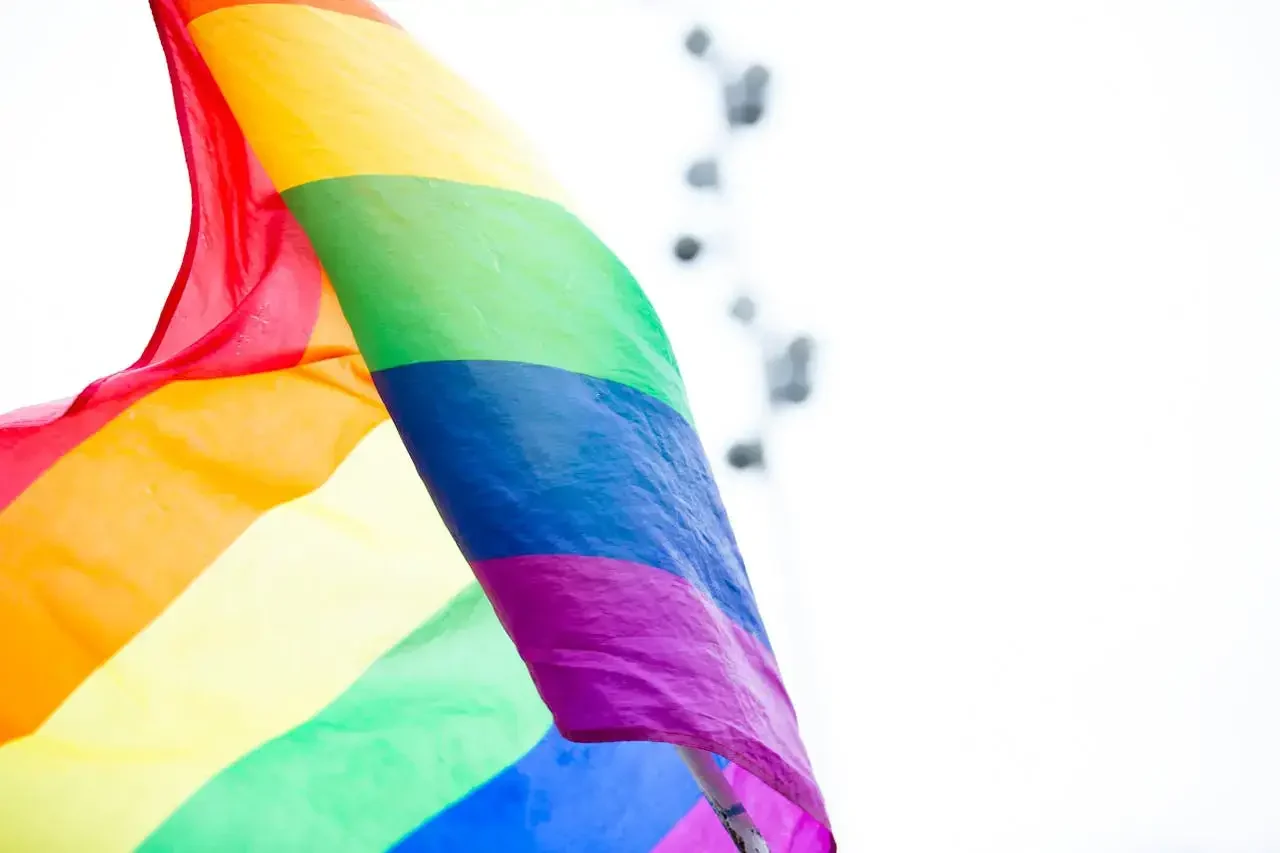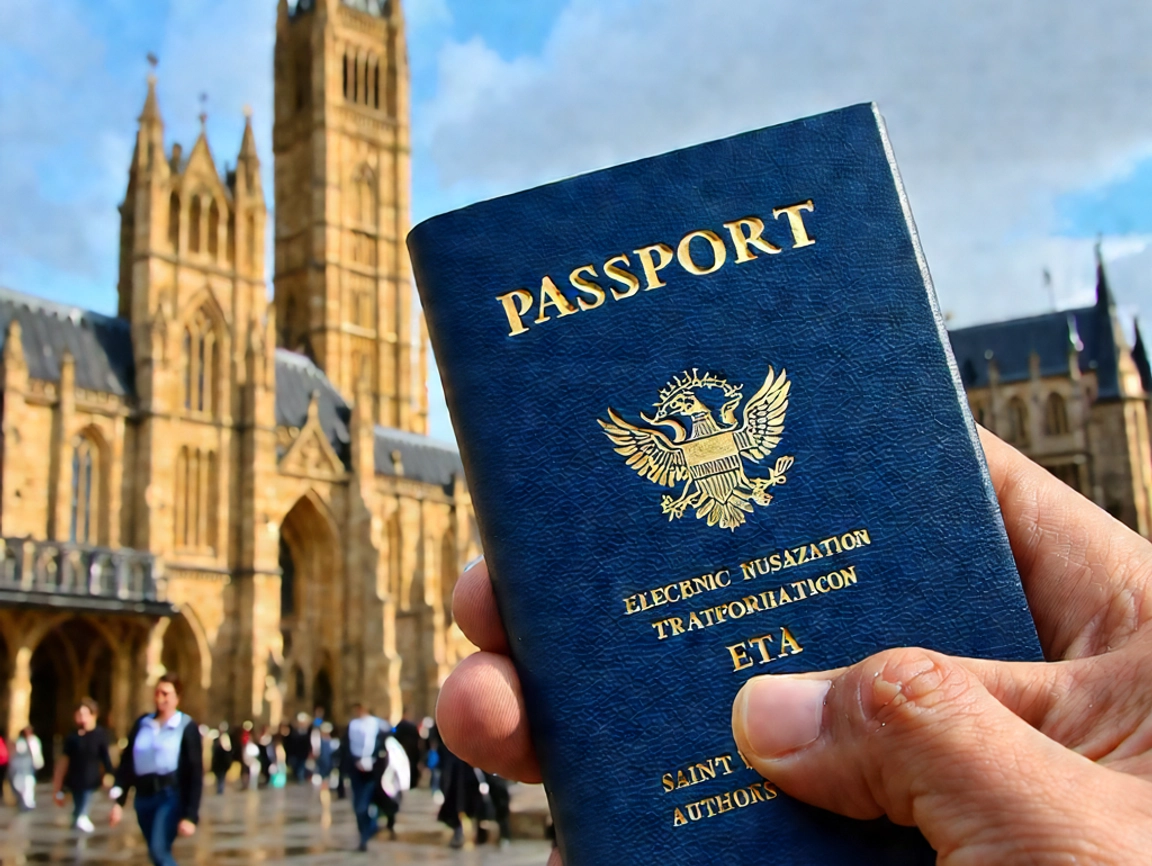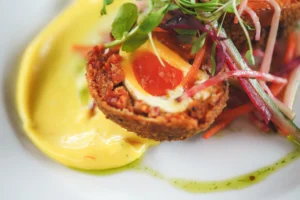St Lucia Parrot
LENGTH: 41 – 45 cm (16 – 18 in)
Amazona versicolor
LOCAL NAME: Jaco (Jacquot)
The St Lucia parrot is mainly green with a bluish head, red on the fore-neck, a large red wing speculum and yellow tail. However, its underparts are more yellow green, with patches of golden-brown or maroon over the breast. Its call is a harsh screech or shrill squawk.
The species is confined to the central mountain forests of St Lucia, within an area extending from Millet in the north, to Calfour in the east, south to Piton Cochon, Piton St Esprit, Destache and Grand Magazin. The parrot population has previously suffered from hunting pressure, with habitat destruction by man and the occasional hurricane damage contributing to it declines. However, it has been over the last decade or so, generally contained primarily within a forest reserve. The parrot feeds on fruit, seeds and buds of a variety of the forest trees.
There is no sight greater when trekking through the St Lucia rainforest than that of affectionately known Jacquot to the locals – the Saint Lucia Amazon. The St Lucia Parrot is a species of parrot in the Psittacidae family. It is endemic to the island of Saint Lucia and is the country’s national bird. The Amazona versicolor is a symbol of our nation, a symbol of our national pride. It’s even on our coat of arms!

The Jacquot was first described by Miller in 1776, this beautiful parrot is, and always has been found only in Saint Lucia. It is predominantly green in colour, and a typical specimen has a cobalt blue forehead merging through turquoise to green on the cheeks and a scarlet breast. Interestingly, there is no visible differences between the male and the female Parrots.
Mating for life and maturing after five years, these long-lived birds are cavity nesters, laying two to three white eggs in the hollow of a large tree during the onset of the dry season between February and April. Incubation commences on the appearance of the second egg and lasts 27 days. The young fledge leave the nest 67 days after hatching.
Saint Lucia Parrots are birds of the forest canopy. Despite their large size and bright plumage, they are difficult to detect among the dense foliage as they clamber about in search of fruits, nuts, seeds and berries from a wide variety of trees including Gommier, Chatagnier, Bois Pain Maron and Aralie. A combination of hunting, habitat destruction and the illegal bird trade resulted in the rapid decline in its numbers, and in the mid 1970’s our parrot faced extinction. Deforestation, however, remains the most serious threat faced by the Saint Lucia Parrot. In 1978 the Forestry Division of the Ministry of Agriculture launched a campaign to save this species from extinction.
In 1979 the Saint Lucia Parrot was declared the island’s National Bird and the Wildlife legislation was revised in 1980. Today the parrot, and most other forms of wildlife are absolutely protected year round and anyone found hunting, keeping or trying to trade in these birds is liable to a fine of $5,000.00 or one year in jail. Forestry laws were also revised to protect watersheds as well as wildlife habitats and illegal clearing of forest are punishable by fines of $2,000.00.
During the last decade, protected areas have been set aside and educational programmes initiated. These are having the desired effect. By 1988 the Saint Lucia Parrot was slowly increasing in numbers, and today its population stands at about 300. The Parrot may be seen flying free across the forests of Quilesse, Millet and Edmund Forest, symbolic of the island’s beauty and uniqueness.
In 1982, the first ever successful captive breeding of the Saint Lucia Parrot occurred at Jersey in the United Kingdom, and in 1989 two young ones were reunited to Saint Lucia, and can be seen at the Union Mini Zoo.
Saint Lucia’s National Bird remains an endangered species.
Today the parrot, and most other forms of wildlife are absolutely protected in the country, because Saint Lucia’s National Bird remains an endangered species.
Quote source – http://www.un.int/stlucia/National%20bird.htm
Image source – http://www.upmagazine.com/files/Jacquot%20Parrot_0.jpg







